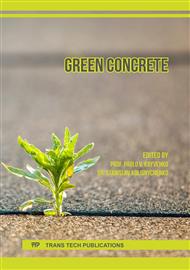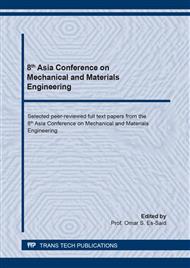p.3
p.9
p.15
p.25
p.30
p.36
p.45
p.51
Recycled Polymer Concrete Composite: A Retrospective Review of the Literature and Framework for Thermal Comfort in Homes
Abstract:
The aim of this paper is to review the literature on Materials science to identify the current research and to provide direction for future research in thermal properties of the concrete block composite, either with Polyethylene Terephthalate (PET) or Polystyrene (PS), presenting the opportunity to make an important methodological contribution by applying systematic review in three areas of Materials science: Composites, Building Materials, as well as Testing and Evaluation of Materials. This is a growing interdisciplinary field since there are no current comparative papers addressing both PET and PS in the same research for concrete composites. Papers investigating to what extent, what type and how academic publications are integrated on the analysis of the characteristics of the two recycled polymers (PET and PS), to improve the thermal properties of the concrete block and contribute to the research of sustainable thermal comfort in homes. They were reviewed, keywords were identified within a framework of composites, building materials, as well as testing and evaluation of materials, and a lexical analysis of the papers was conducted. The results of current research show that both forms of recycling (PS and PET), combined with concrete, have sustainability in thermal comfort. The analysis reveals that previous research has focused on PET-Concrete (i.e., concrete-PET polymer composite) since it is more viable, due to its large amount of recycling. While this has benefited home builders in their ability to respond with some thermal comfort with higher construction efficiency, it also clarifies that there has been research done on PS-Concrete (i.e., concrete-PS polymer composite), presenting greater thermal comfort, because it has lower thermal conductivity. This finding suggests the need for further research within this narrow field, with absence of data, since most prescriptive recommendations have not been tested and lack practical applications, which is why the need for more empirical and experimental studies are identified. Based on the novelty of the PET or PS recycling concepts, we highlight the need of better collaboration between academic disciplines, such as engineering and architecture to provide better experimental evidence for recycling of polymers, including empirical approaches for the different types of composites and aggregate distributions, which can be made with concrete to improve thermal insulation performance and energy savings for manufacturers.
Info:
Periodical:
Pages:
15-21
Citation:
Online since:
November 2020
Price:
Сopyright:
© 2020 Trans Tech Publications Ltd. All Rights Reserved
Share:
Citation:



